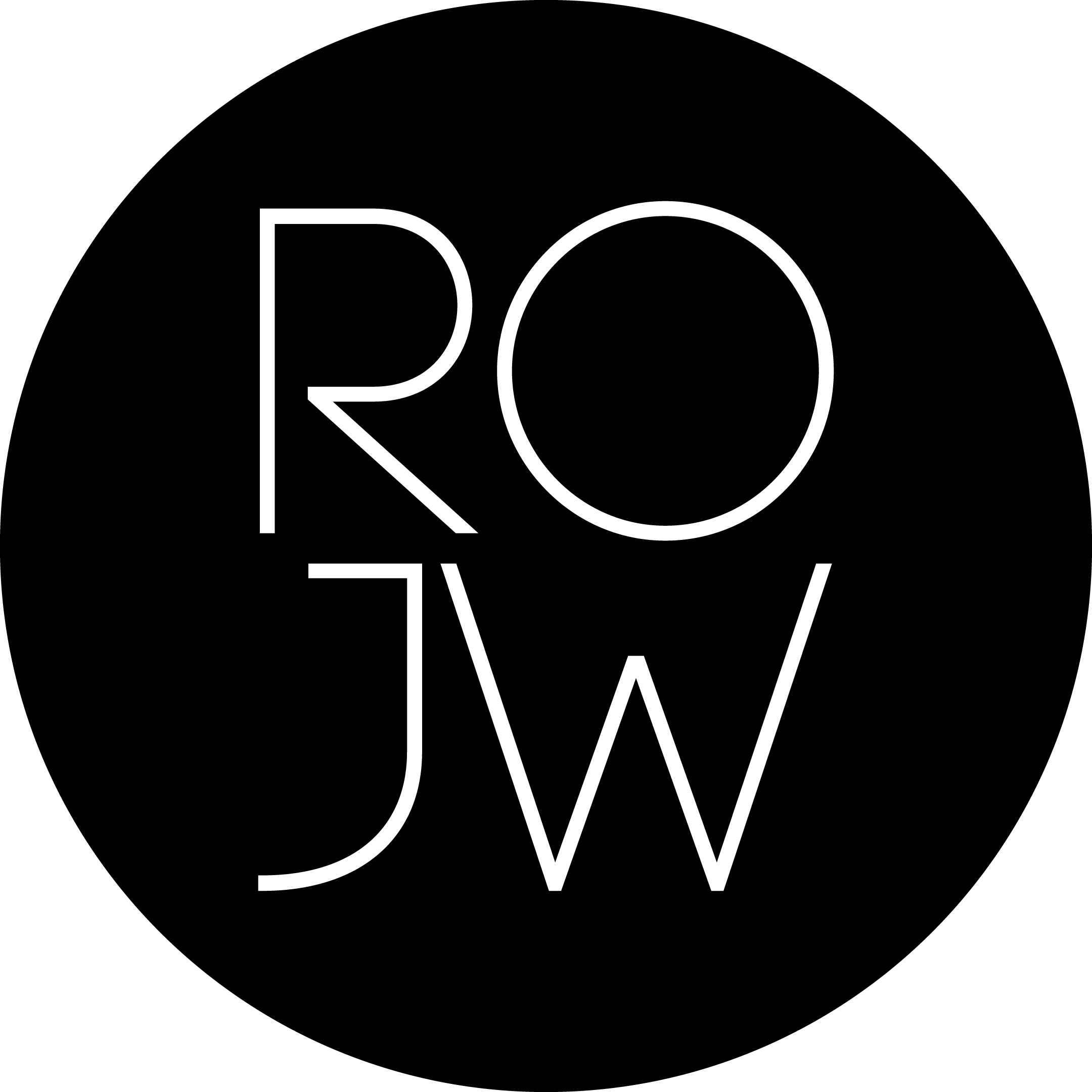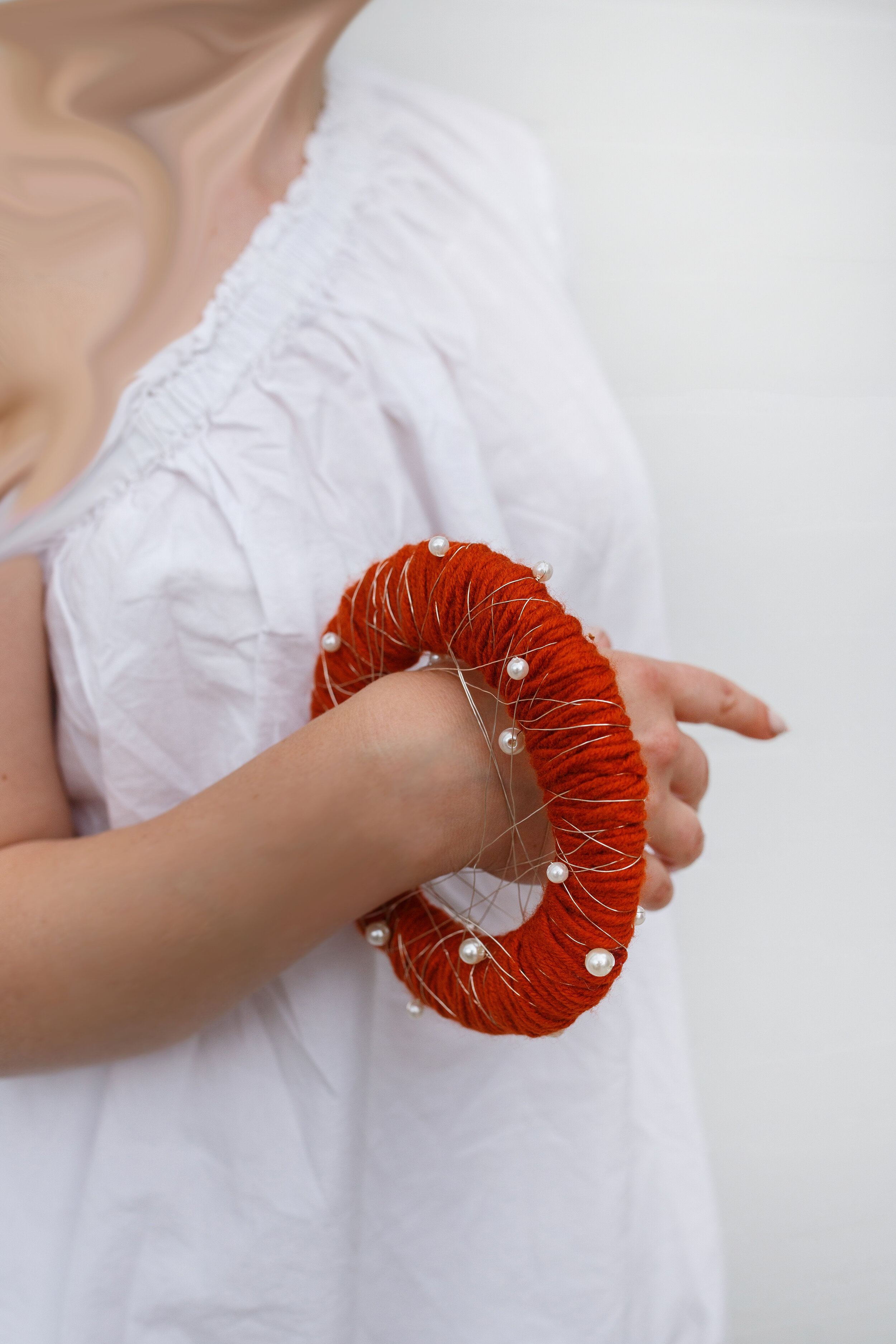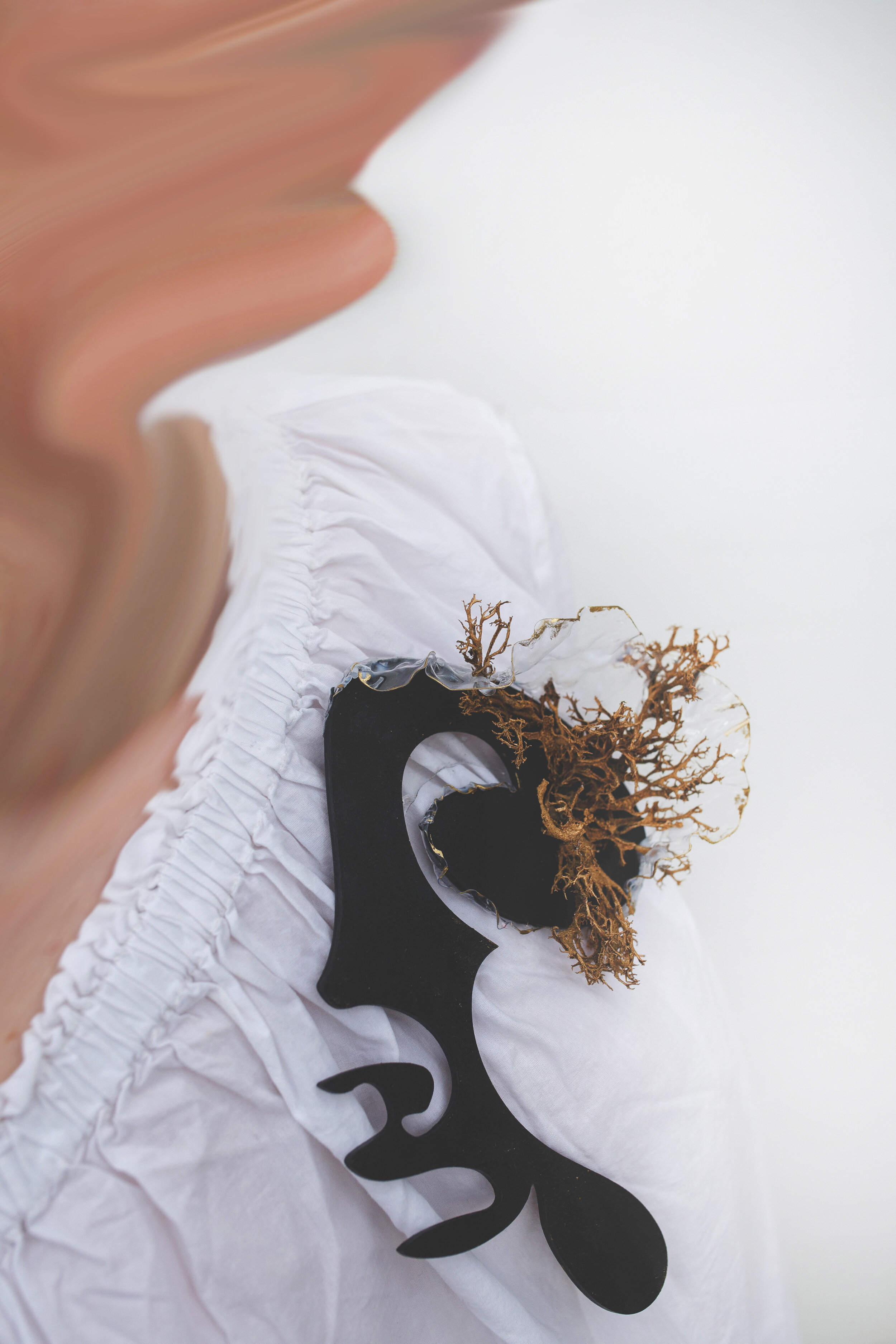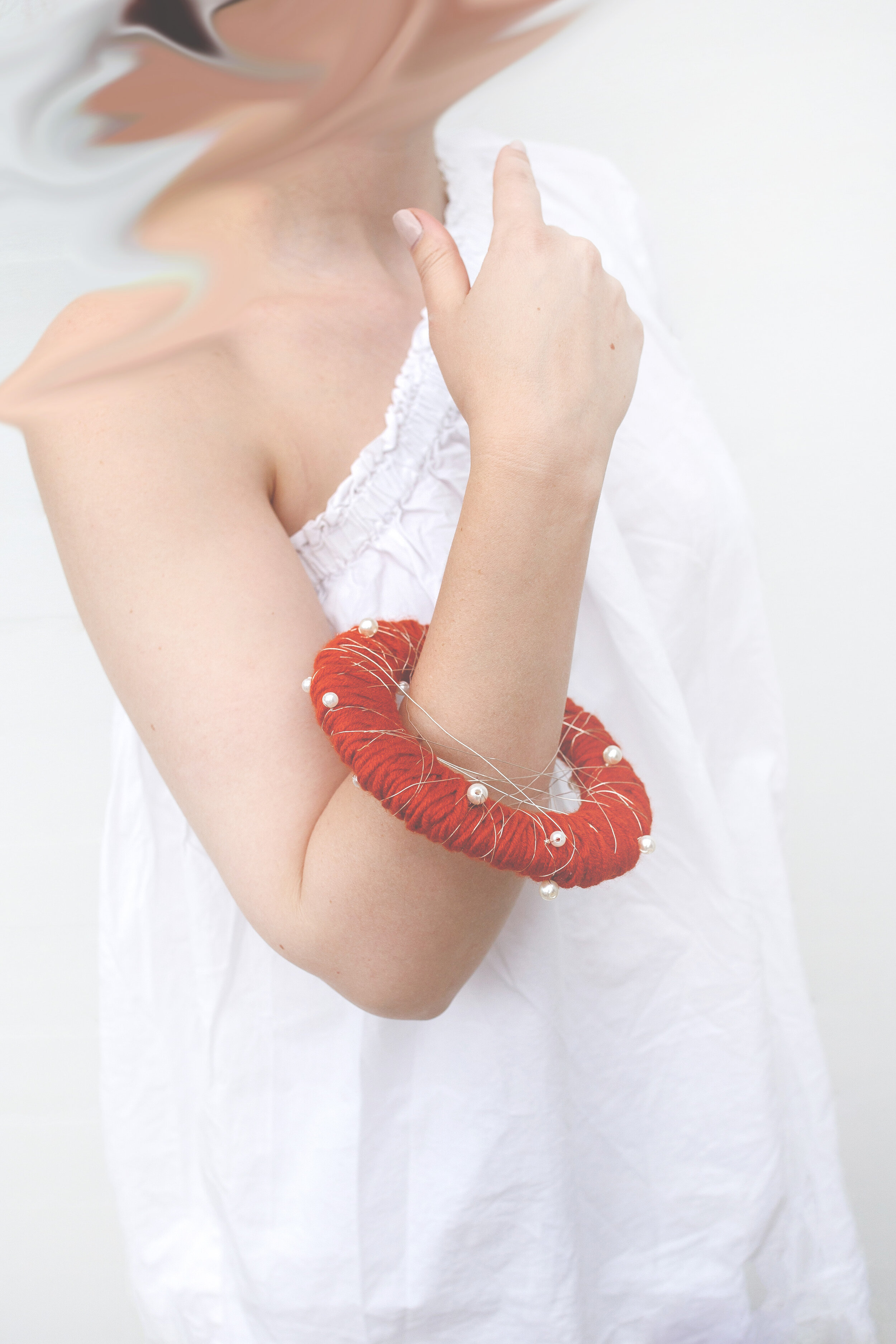Paula Turnea (Romania)
PAULA TURNEA
-
LALUNA
Biography:
Although I am a teacher by profession, my “normal” day job has always been intertwined with my passion for painting and handmade. As a child I showed a penchant for visual art so I attended an art high school where I gained the courage to experiment with various techniques and materials in everything I create and I think this can also be seen in the jewelry that I make.
In the field of jewelry I am a self-taught designer and I like to create unique pieces, with abstract and sometimes strange shapes or inspired by nature, most of the time, under the brand LaLuna. Being born and raised in a small city in the countryside, surrounded by mountains, I built a strong connection with nature since I was just a child and I was always amazed by the shapes, colors and textures that I found in nature. I love spending time in nature and looking for bits and parts of wood or dead flowers that I can use to create something. I realized a while ago the amount of waste that I was producing in my own household was a bit large and that is why I decided to focus my work on creating jewelry from waste. I want to minimize as much as possible my carbon footprint on the planet and through my work I want to promote and support a more responsible way of living because I think it’s in our hands to create a better future for us and the next generations.
I started with the woman in the mirror but I want to inspire more and more people to discover and create new methods of recycling and taking care of the environment. I know we all complain about pollution, extreme weather, too much plastic waste and so on but I want to act on it, not just complain about it. That is the message that I want to send through my jewelry: LET'S DO SOMETHING ABOUT IT!
Collection Concept:
A manifesto collection, to support the circular economy and the responsible use of the resources around us. In a circular economy, resources and products have several life cycles and the concept of "single use" is excluded. It is a production and consumption model that involves sharing, reusing, repairing, renovating and recycling existing materials and products as much as possible. In this way, the product’s life cycle is extended. As it happens in nature, nothing is wasted and resources resume their life cycle in another form, after they have fulfilled their primary function.
In practice, this method involves minimizing waste. When a product reaches the end of its life, the materials from which it is made are kept in the economy whenever possible. They can be used again and again, thus creating additional value. The collection was created from scraps of textiles from a tailoring workshop, plastic pets for personal use, pieces of plywood left from a furniture workshop and dried flowers that would normally have ended up in the bin. It is becoming more and more clear to everyone that pollution and excessive consumption have negative effects on the environment and this affects us humans as well. It is necessary to make a change in the way we buy and use the existing resources on our planet but to really see a change in the world, we need to start with small steps, through changes in our homes, in our local communities. and even in our creative studios, adopting a model of consumption and use of raw materials as less harmful as possible for the environment. In order to minimize the negative impact and risks of waste on the environment and human health, we must look for solutions to increase recycling, promote reuse and redesign products, and I want to start by demonstrating what we can do with waste, using only a touch of creativity.
Brooch, wood, plastic, dry flowers
Necklace, wood, textile
Bracelet, wood, yarn, aluminum wire, acrylic beads




